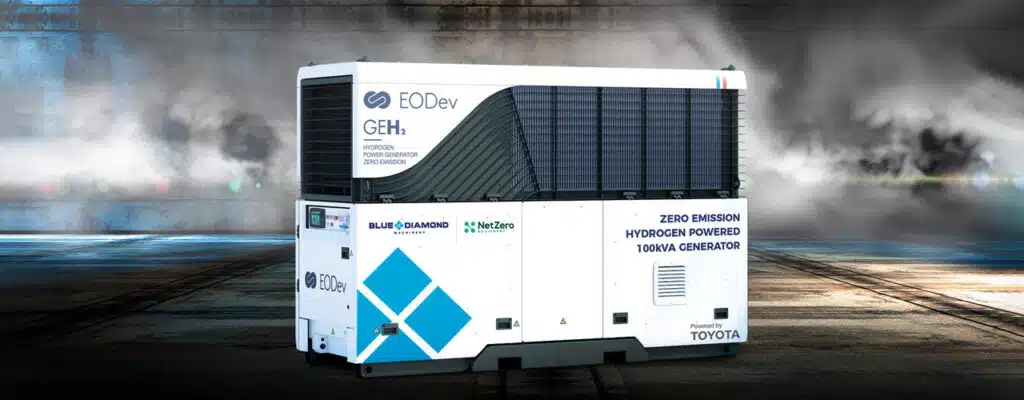Hydrogen is everywhere. It’s in plants, animals, the human body and almost anywhere you can think of. It’s the most bountiful element in the universe BUT it’s always paired with another element and rarely exists in its pure form.
Luckily, we know how to produce it. We can do this using fossil fuels, chemical extraction processes and even renewable sources. Once we produce it, hydrogen can form as a gas, liquid or other material, allowing us to use it for fuel, heating, transport or energy use. Hydrogen isn’t technically an energy source, more like an energy carrier. Basically, it will carry energy from another source (like a battery) to power up what it needs to.
Hydrogen is an example of clean dispatchable power, meaning we can use it when other variable renewable energy sources (like wind and solar) are not available. So, within the construction and mining industries, it forms a crucial part in future energy sources. Better yet, hydrogen is also energy dense by mass (3x higher than diesel), making it an incredibly robust energy source to maintain a stable and reliable connection.


